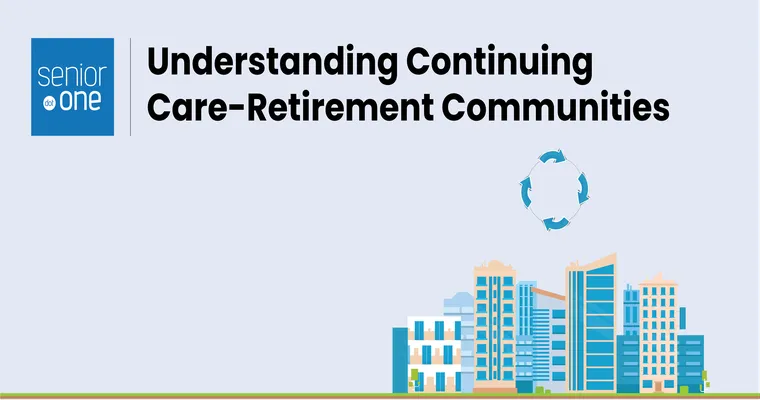"Continuing Care Retirement Communities (CCRCs)" are a unique and increasingly popular option for seniors seeking a comprehensive and supportive living environment. These communities offer a continuum of care that includes independent living, assisted living, and skilled nursing care all within one location. This flexibility allows residents to age in place and receive the necessary support as their needs change over time. In this article, we will explore the key features of CCRCs, the benefits they provide, and what potential residents should consider when choosing this option.
One of the primary advantages of "CCRCs" is the peace of mind they offer. Residents can transition seamlessly between different levels of care without the stress of moving to a new facility. This continuity of care fosters a sense of community and belonging, as residents maintain their social connections and familiar surroundings. Additionally, many CCRCs provide a variety of amenities and services, such as fitness programs, recreational activities, and dining options, which contribute to a vibrant lifestyle.
When considering a "Continuing Care Retirement Community", it is essential to understand the different types of contracts available. There are typically three main types: the "Type A contract", which offers extensive services for a higher upfront fee and lower monthly payments; the "Type B contract", which provides a lower entrance fee but may increase monthly fees as care needs grow; and the "Type C contract", which charges lower fees upfront but requires payment for services as they are needed. Understanding these options can help potential residents make informed financial decisions.
Another important factor to consider is the quality of care provided in CCRCs. It is crucial for prospective residents to research the community’s reputation, staff qualifications, and available services. Many CCRCs are licensed and regulated, ensuring that they meet certain standards of care. Visiting the community, talking to current residents, and reviewing online ratings can provide valuable insights into the quality of life offered.
Moreover, CCRCs often emphasize a holistic approach to senior living, promoting not only physical health but also emotional and social well-being. Many communities offer wellness programs, educational classes, and social events designed to engage residents and keep them active. This focus on a well-rounded lifestyle can significantly enhance the overall experience of living in a CCRC.
In conclusion, "Continuing Care Retirement Communities" provide an ideal solution for seniors who want a supportive and flexible living environment. With a range of care options, a focus on community, and an emphasis on quality of life, CCRCs can be a valuable choice for aging individuals who wish to maintain their independence while having access to necessary services. When considering a CCRC, it is important to evaluate the different types of contracts, the quality of care, and the community's offerings to ensure a suitable match for individual needs and preferences.





